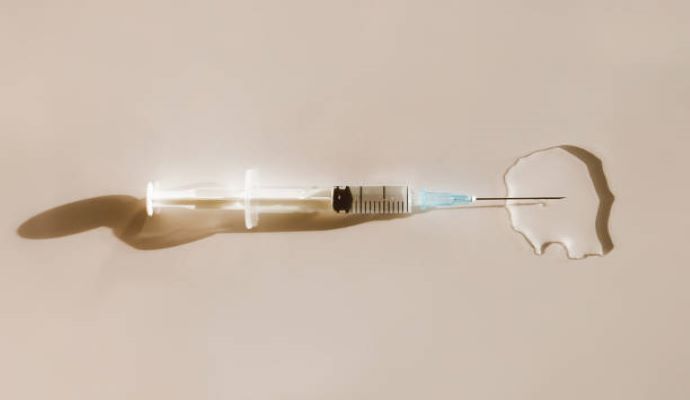Long-Acting Injectable Antiretroviral Therapy Suppresses HIV
A study supported by the NIH concluded that long-acting injectable antiretroviral therapy effectively suppresses HIV in communities that have previously not had access to HIV treatments.

Source: Getty Images
- An ongoing study supported by the NIH in San Francisco assessed the efficacy of long-acting antiretroviral therapy (LA-ART), administered via injection, for treating HIV. The study compared LA-ART to oral antiretroviral treatment. This research also focused on communities that have previously not had access to antiretroviral therapies.
According to the NIH press release, Monica Gandhi, MD, MPH, professor of medicine and associate division chief at the University of California, San Francisco, and medical director of the Ward 86 HIV clinic at San Francisco General Hospital, and her team recruited over 200 participants who are part of historically underserved communities in San Francisco.
Over half of the participant population (58%) reported having unstable housing, with an additional 8% reporting homelessness. Beyond housing insecurity, 38% of patients had a mental illness, and 33% reported substance use.
“Our patient population does not look like the patient population that got enrolled in the clinical trials to determine the approval criteria for long-acting ART,” said Gandhi. “It is the role of researchers to help address disparities through intentionally and proactively including diverse groups in our studies, and for this population to have the same successful outcomes as those in the other clinical trials was very important and exciting. We want to have the ability to offer these drugs to patients who stand to benefit the most, including those who face challenges adhering to daily treatment.”
Approximately 133 participants in this study were given LA-ART, and 76 continued to use oral antiretroviral therapy, having already achieved suppression. Roughly 43% of the LA-ART group had no viral suppression before the study.
Across both groups, those who had HIV suppression before the study began continued to have suppression throughout the study. Additionally, 96.5% of participants who did not have suppression before the study and were given LA-ART achieved suppression.
The NIH press release notes that LA-ART is injectable cabotegravir and rilpivirine, given every 4–8 weeks. The organization notes that while oral antiretroviral therapy is a perfectly viable option for patients living in stable housing, communities who experience food or housing insecurity, mental illness, substance use disorders, and more may have barriers preventing medication adherence and virological suppression.
While this research presents some facts favoring LA-ART for treating HIV in these communities, additional investigation is necessary. Beyond providing treatment, clinicians, researchers, and public health experts must acknowledge that adequate treatment for these communities must be comprehensive.
